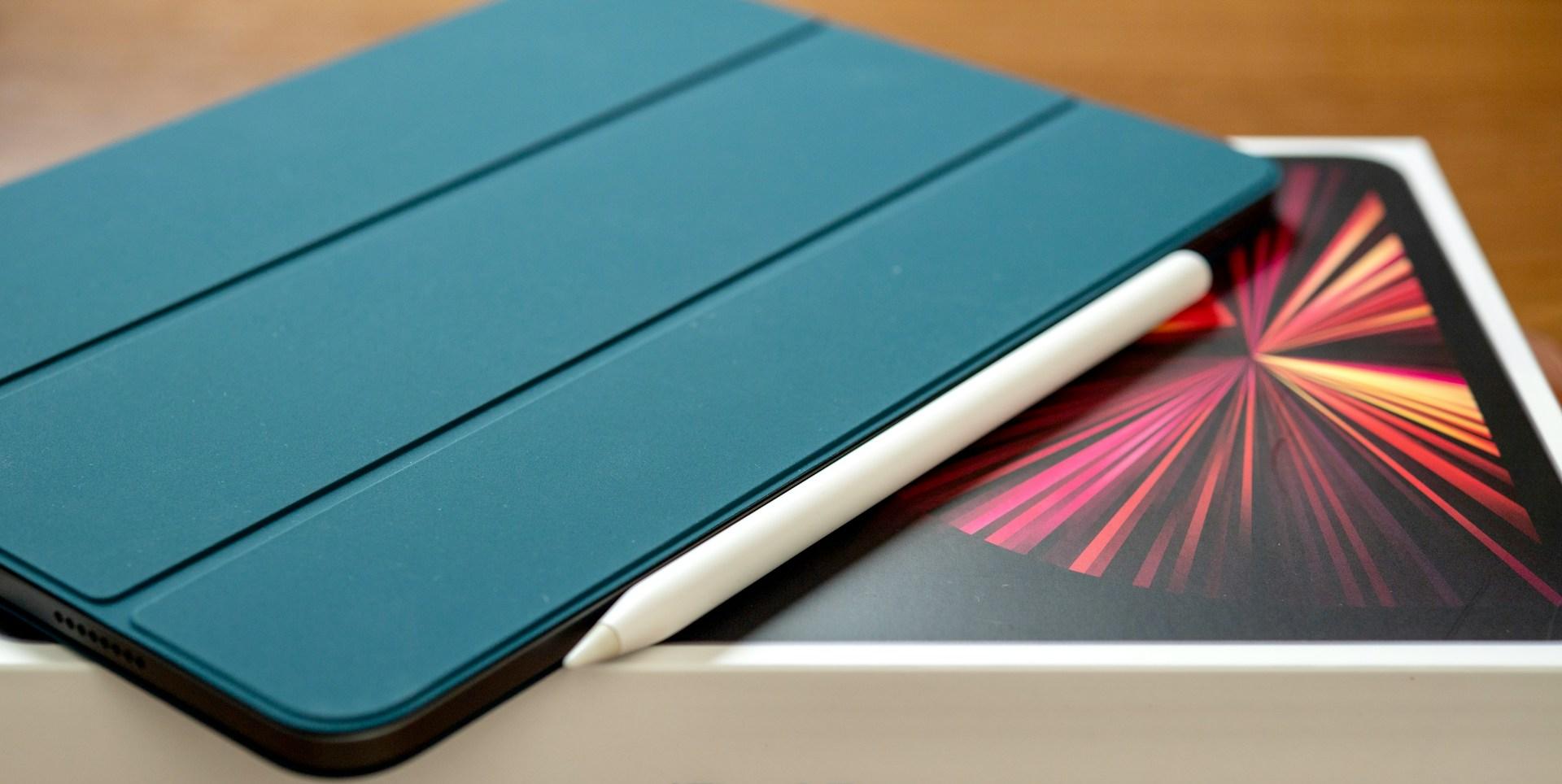
For many iPad users, protecting their device from accidental drops and impacts is a top priority—especially as tablets become slimmer and more powerful, yet remain vulnerable to physical damage. One of the most effective defenses is a well-engineered, shock-resistant iPad case. But what exactly makes a case “shockproof”, and how do the materials used in its construction absorb and dissipate impact energy?
In this article, we’ll explore the material science behind shock resistance and how it actively protects your iPad in daily use.
Understanding Shock Resistance: The Basics
Shock resistance in protective cases refers to the material’s ability to absorb and disperse kinetic energy resulting from sudden impacts, such as when your iPad falls onto a hard surface or bumps against a table edge. Instead of transferring that energy directly to the device—potentially cracking the screen or damaging internal components—the case acts as a buffer, reducing the force before it reaches your iPad.
The performance of this buffer depends heavily on the materials and design of the case. Let’s take a closer look at the most commonly used shock-absorbing materials and how each contributes to drop protection.
TPU iPad Case: Flexible Yet Tough
Thermoplastic Polyurethane (TPU) is one of the most widely used materials in shock-resistant cases. Known for its elasticity and high tensile strength, TPU offers a balance between flexibility and structural durability. When your iPad hits the ground, TPU can compress momentarily to absorb the energy, then return to its original shape without cracking or tearing.
What makes TPU especially effective is its impact dispersion capability. Upon impact, the energy spreads laterally across the case’s surface rather than concentrating at a single point. This significantly reduces the stress on vulnerable areas like the screen corners or button housings. Especially when using a well-designed shockproof iPad case that applies TPU in critical zones.

Polycarbonate iPad Case: Rigid Outer Defense
While TPU acts as the inner shock absorber, Polycarbonate (PC) is often used as the outer shell in hybrid iPad cases. PC is a hard thermoplastic known for its resistance to scratches and blunt force. Although it doesn’t flex like TPU, its rigidity helps deflect direct impacts and enhances overall case structure integrity.
In a two-layer design—commonly found in rugged ProCase iPad cases—the PC exterior deflects the initial shock while the TPU layer underneath absorbs the residual force. This dual-layer system provides both surface durability and internal cushioning, making a rugged iPad case an ideal option for users who prioritize maximum protection.
Air Cushion iPad Case: Engineering Meets Physics
Many modern protective cases, including some ProCase models, incorporate air cushion technology—strategically placed air pockets in the corners or along the sides. These micro-chambers act like crumple zones in automobiles. When the case strikes the ground, the air pockets compress to slow down the force, reducing the energy transferred to your device.
This is particularly important for iPads, which are most likely to hit the ground on a corner—a critical impact zone. With iPad cases that feature air cushion corners, the case can deform in a controlled manner without collapsing, significantly improving drop resistance.

Silicone iPad Case: Soft but Limited
Silicone is another material sometimes used in iPad cases for its soft, grippy texture. While silicone does offer some shock absorption, it tends to be less effective under high-impact forces compared to TPU. Its molecular structure is more prone to tearing under stress, and it doesn’t rebound as efficiently after compression.
For this reason, silicone is usually found in light-duty cases or as an outer grip layer in combination with a more rigid core material.
Design Considerations: Not Just About Materials
While material choice is fundamental, structural design plays an equally critical role in shock resistance. Features like raised edges, reinforced corners, textured backs, and precisely cut port openings ensure that the case not only withstands impact but also stays securely in place during a fall, preventing the iPad from slipping out on contact.
Conclusion: A Smart Investment in Protection
Understanding how different materials interact with force and movement is key to choosing a shockproof iPad case that truly performs under pressure. At ProCase, our iPad cases are engineered with a multilayer construction approach—combining TPU, PC, and air cushion technologies to safeguard your device from life’s unpredictable bumps and drops.
If you rely on your iPad for work, school, or entertainment, investing in a thoughtfully designed shock-resistant case is more than a smart choice—it’s essential peace of mind.

Comments (0)
Back to Review & Story